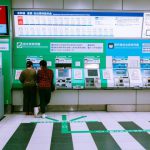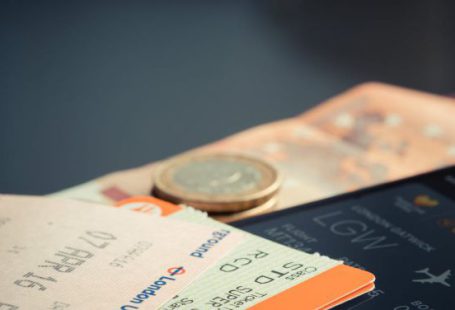Train travel is a convenient mode of transportation for both short and long distances. When planning a journey by train, one of the essential things to understand is how to read a train ticket correctly. This article will guide you through the various elements of a train ticket and help you decipher the information it contains.
The Importance of Ticket Details
A train ticket is more than just a piece of paper. It contains vital information that will ensure a smooth and hassle-free journey. Understanding the details on your ticket will help you navigate the train system, find your seat or berth, and avoid any confusion or delays.
Ticket Type and Class
The first thing to look for on a train ticket is the ticket type and class. This information will determine the level of comfort and amenities you can expect during your journey. Different train services offer various classes, such as First Class, Second Class, or Sleeper Class. Each class has its own set of facilities and pricing.
Train Number and Departure Time
Next, find the train number and departure time. The train number is a unique identifier assigned to each train service. It helps you locate the correct platform at the station. The departure time indicates when the train will leave the station, so be sure to arrive well in advance to avoid missing your train.
Origin and Destination Stations
The origin and destination stations are crucial details on a train ticket. These stations indicate where your journey begins and ends. Pay close attention to these details to avoid boarding the wrong train or missing your stop. If you have connecting trains, ensure you have sufficient time between transfers.
Coach and Seat/Berth Number
Once you have located your train, you need to find your coach and seat/berth number. The coach number specifies the carriage where your seat or berth is located. The seat or berth number indicates your assigned spot on the train. Check the train layout displayed on the platform to find your coach easily.
Ticket Validity and Duration
Every train ticket has a validity period and duration. The validity period refers to the dates during which the ticket is valid for travel. Ensure that your travel dates are within this period. The duration specifies the length of time the ticket is valid for, usually in hours or days. Plan your journey accordingly to make the most of your ticket.
Fare and Additional Charges
The fare and any additional charges are other important details on a train ticket. The fare is the cost of the ticket, which may vary based on factors such as class, distance, and availability. Additional charges, if any, could include reservation fees, service charges, or taxes. Be aware of these costs when purchasing your ticket.
Ticket Terms and Conditions
It is essential to read and understand the terms and conditions mentioned on your train ticket. These conditions may include rules regarding cancellations, refunds, or rescheduling. Familiarize yourself with these terms to avoid any inconveniences or penalties in case of changes to your travel plans.
Conclusion: Travel with Confidence
By understanding how to read a train ticket correctly, you can travel with confidence and ease. The information on your ticket will guide you through the train system, ensuring a smooth and enjoyable journey. Pay attention to the ticket type, train number, departure time, origin and destination stations, coach and seat/berth number, ticket validity and duration, fare and additional charges, as well as the terms and conditions. With this knowledge, you’ll be well-equipped to embark on your train adventure!





